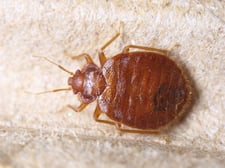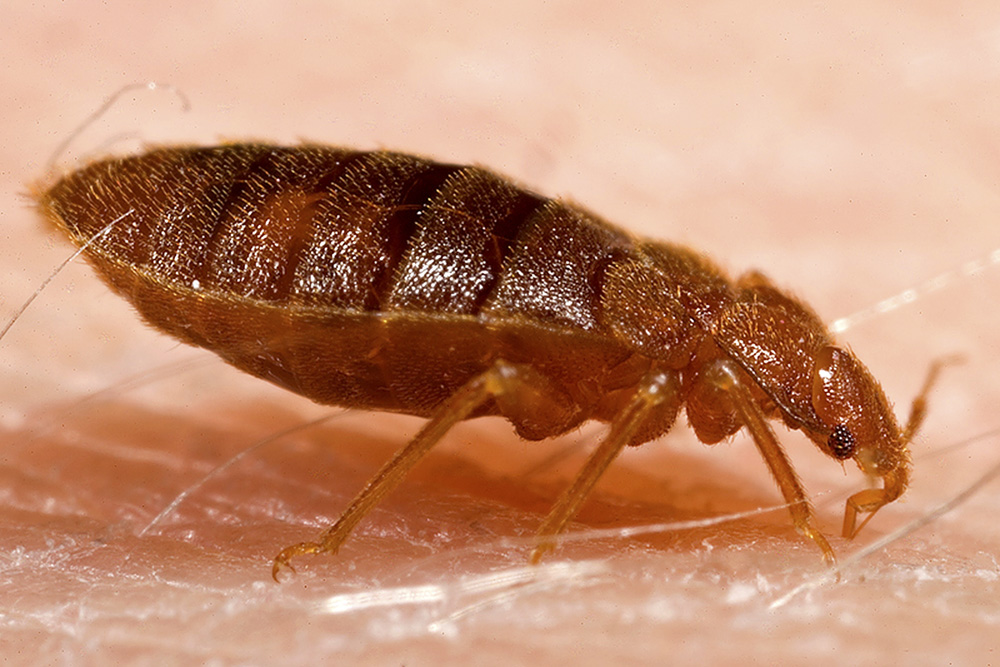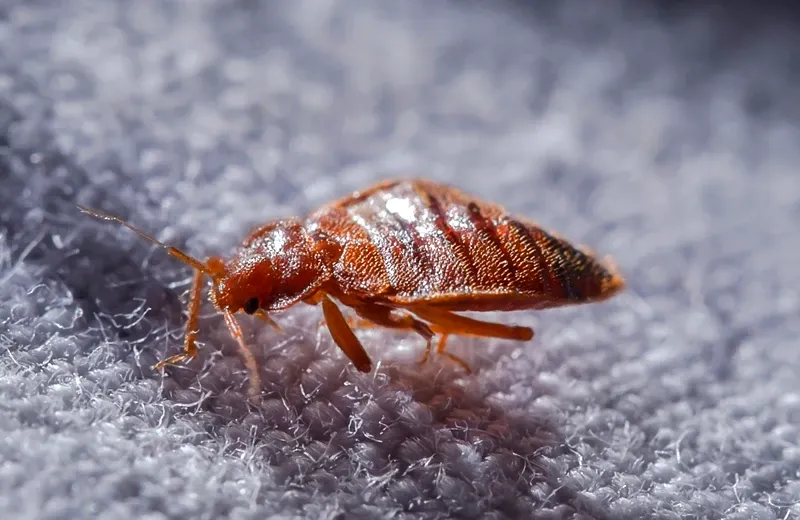Leading Kings Cincinnati Pest Control Services: Exterminator Experience
Wiki Article
Types of Pest Control: Which Approach Is Right for Your Invasion?
When faced with a parasite infestation, the option of a suitable approach for pest control is vital in effectively handling the scenario. By exploring the different kinds of pest control techniques offered, people can make enlightened choices customized to their unique situations, ensuring a much more efficient and lasting end result in pest elimination.Chemical Pest Control
Chemical insect control includes making use of artificial or normally acquired chemicals to manage and eliminate pest populations properly. This technique is typically made use of in agriculture, forestry, and property setups to combat a vast array of insects, including bugs, rats, and weeds. Using chemical pesticides can offer quick and targeted options to pest problems, making it a preferred selection for numerous individuals and organizations.Among the vital advantages of chemical parasite control is its ability to promptly remove parasites, decreasing the risk of damages to plants, home, and human health. By utilizing details chemicals that target specific pests, this approach can effectively control invasions while reducing damage to helpful microorganisms and the atmosphere when used correctly.
However, using chemical insect control additionally raises concerns regarding possible unfavorable effects on non-target varieties, water sources, and human health and wellness. It is important to follow safety and security guidelines, apply chemicals properly, and think about alternative pest control methods to decrease these risks and ensure lasting parasite management methods.
Biological Bug Control
Biological insect control, likewise referred to as biocontrol, uses living organisms to take care of and reduce parasite populaces naturally. This approach uses the power of nature to manage pests without the requirement for artificial chemicals. Biocontrol can involve the introduction of natural enemies of the bug species, such as microorganisms, killers, or bloodsuckers, to suppress pest populations. By utilizing the bug's natural killers or microorganisms, biological insect control supplies a lasting and ecologically friendly option to pest administration.
Mechanical Bug Control
Utilizing physical and hand-operated methods to handle parasite populations, mechanical parasite control provides a different technique that does not count on making use of living organisms or artificial chemicals. This method entails the use of obstacles, traps, or other tools to physically hinder or get rid of parasites. By blocking parasite entry points or establishing traps to capture them, mechanical pest control can properly decrease problems without introducing chemicals right into the atmosphere.One usual instance of mechanical parasite control is using mesh displays on doors and windows to protect against insects from going into structures. This easy yet efficient approach serves as a physical obstacle, maintaining pests out while enabling for correct ventilation. Furthermore, tools like mousetraps, fly swatters, and ultrasonic repellents fall under the mechanical insect control group.
While mechanical pest control techniques can be labor-intensive and call for normal tracking and maintenance, they supply a sustainable and ecologically friendly solution for managing bug problems. By combining various mechanical methods, building owners can develop an extensive parasite control technique that minimizes dependence on chemical pesticides.
Physical Parasite Control

Some common physical bug control methods consist of making use of obstacles such as nets or displays to prevent bug entry, traps to record and remove parasites, and hand-picking to physically eliminate pests from plants or structures. In addition, techniques like warm treatments can be utilized to control insects like bed pests by raising the temperature level to levels that are deadly to the pests.
Physical insect control is specifically helpful in incorporated parasite management (IPM) approaches, where several parasite control methods are incorporated for efficient insect administration while minimizing making use of chemicals. By using physical bug control pest and control strategies, individuals can efficiently attend to parasite problems with minimal environmental effect.
Integrated Bug Monitoring
When applying physical pest control methods as part of bug administration methods, Integrated Parasite Monitoring (IPM) arises as an extensive method that leverages different methods to successfully manage pest populaces. IPM concentrates on lasting avoidance of parasites via a mix of organic, social, physical, and chemical devices tailored to certain pest issues. By integrating numerous control methods, IPM intends to minimize the threats connected visit this site right here with insects while also decreasing reliance on chemical options.One trick aspect of IPM is the emphasis on monitoring and evaluating pest populaces to determine the most appropriate control approaches. This positive technique permits early treatment and targeted methods, leading to a lot more efficient pest monitoring. Furthermore, IPM advertises ecologically friendly techniques by prioritizing non-chemical control approaches and just making use of chemicals as a last resort.
Conclusion

By utilizing the parasite's all-natural killers or microorganisms, biological pest control supplies a lasting and ecologically friendly solution to pest monitoring. - Kings cincinnati pest control
Making use of physical and hand-operated methods to take care of bug populations, mechanical pest control uses an alternate approach that does not count on the use of living microorganisms or artificial chemicals.An effective method to managing pest populaces without counting on chemical or biological techniques entails the use of physical pest control methods.When carrying out physical parasite control approaches as component of pest management strategies, Integrated Insect Administration (IPM) arises as a detailed method that leverages numerous techniques to properly manage pest populaces. Chemical insect control entails the use of pesticides, organic insect control makes use of natural predators, mechanical parasite control involves physical obstacles, physical pest control includes capturing or removing insects, and incorporated insect monitoring combines several approaches for a holistic approach to pest control.
Report this wiki page